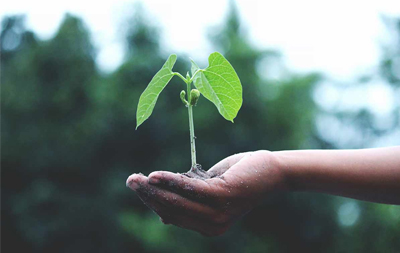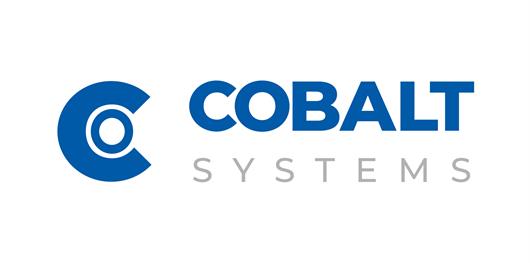 Add My Company
Add My Company
Opportunities for sustainability

There are three clear areas of opportunity to drive sustainability improvements from the point of view of a label application manufacturer.
Before going into any detail, it’s worth considering that these are largely incremental changes. Food packaging and labelling is relatively entrenched in its methods and while there are improvements to be made, a seismic shift is largely unrealistic.
Perhaps the most obvious
opportunity for change exists around materials. Both in terms of what is being printed (i.e. the type of ink) and the media it is being printed onto.
An obvious quick win in this field would be to reduce the size of required label and how much is printed, but with an increasing amount of information needed per pack, this is a classic case of needing to do more with less.
Material manufacturers like Zebra are leading the charge with innovations in more environmentally friendly offerings. Removing phenol from adhesives and increasing the amount of recyclable or biodegradable labelling media offers food and beverage manufacturers a useful alternative.
The second opportunity rests with machines that are used to print and/or apply labels and their relationship with individual production environments. It’s here that tiny incremental changes can reap rewards. Each one might only make a very minor difference for each label printed, but when multiplied over many thousands of labels in many thousands of factories, the impact is amplified.
For example, the method with which a label is automatically applied to some form of outer packaging. Does this need a completely separate mechanism or can it use the motion of the packaging on the line to assist with adhesion? And if it does need a mechanism, can it be electric instead of using compressed air?
Even seemingly trivial things like the orientation of a barcode as it is printed can make quite a difference to energy consumption and component longevity.
Needless to say, there are dozens of variables to consider and they differ for each production environment. What’s constant is that designing efficiency into a labelling process at the outset makes it possible to identify and maximise every opportunity.
Finally, there’s the opportunity to limit movement in the supply chain itself. Utilising local networks and onshoring where possible can clearly make a difference. Beyond the process of actually manufacturing labelling equipment, there are obvious benefits to reducing service call outs too. In-housing simple maintenance tasks and making it easy for users to manage non-complex maintenance all help remove unnecessary vehicle movements.
For more information on Opportunities for sustainability talk to Cobalt Systems Limited

